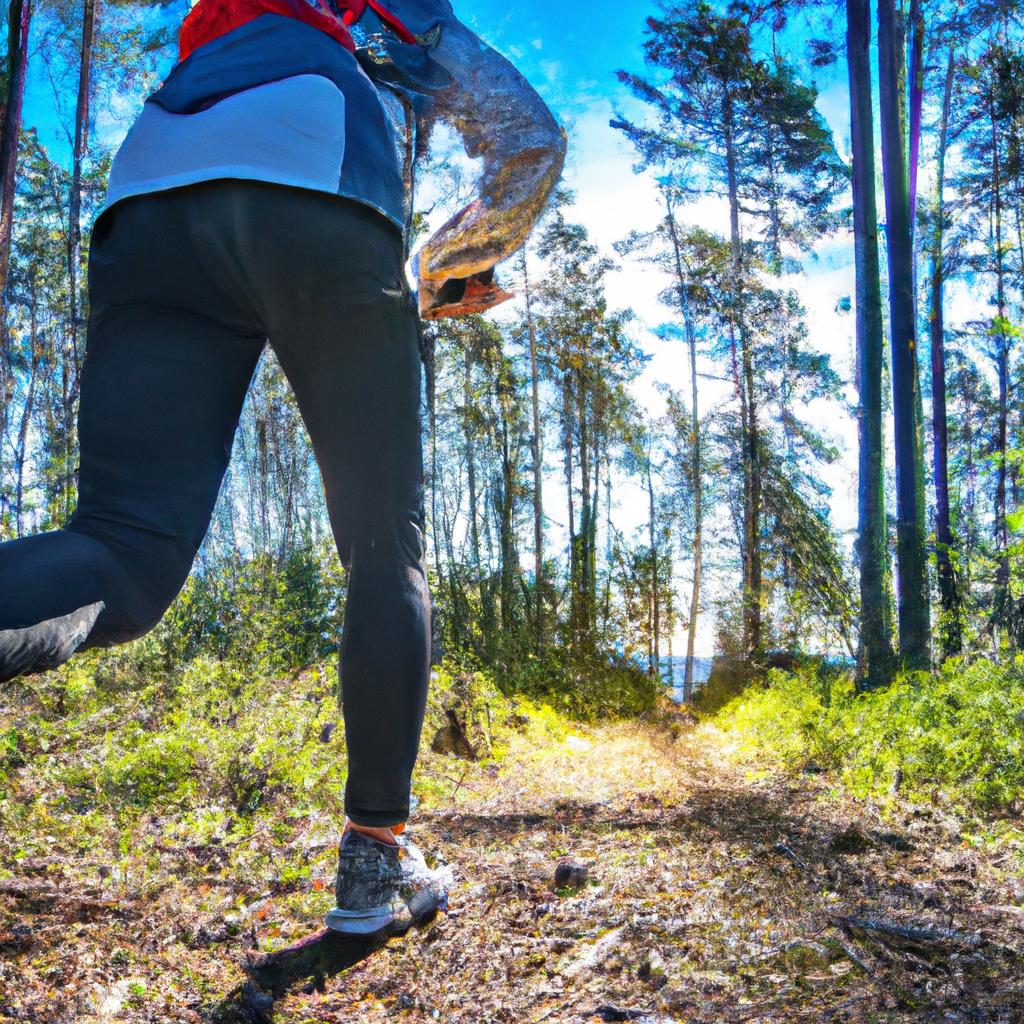Trail Running and the Art of Navigation: Essential Skills for Exploring Off-the-Beaten-Path Trails
## Trail Running and the Art of Navigation: Essential Skills for Exploring Off-the-Beaten-Path Trails
Trail running has surged in popularity as outdoor enthusiasts seek to escape the crowded streets and enjoy the serene beauty of nature. However, unlike traditional road running, trail running often takes you off the beaten path, where navigation becomes as essential as your running shoes. This blog post explores the skills necessary for effective navigation while trail running, offers nutrition and exercise advice, and highlights the health benefits of this exhilarating activity.
### The Importance of Navigation in Trail Running
In the world of trail running, navigation is not just about following a path; it’s about understanding the terrain, reading the landscape, and identifying landmarks. Off-the-beaten-path trails can be a maze of twists and turns, making it easy to get lost.
#### Reading the Landscape
One of the first skills you should develop is the ability to read the landscape. Familiarize yourself with topographical maps and learn to identify key features such as hills, valleys, and water sources. Understanding the elevation changes can help you anticipate the difficulty of the route and make strategic decisions about pacing.
#### Utilizing Technology
While traditional navigation skills are essential, technology can also be a valuable ally. GPS devices and smartphone apps designed for hikers and runners can provide real-time data on your location. However, it’s crucial to remember that technology can fail. Always have a backup plan, such as a physical map and compass, to ensure you can navigate safely, even when electronic devices malfunction.
### Nutrition Tips for Trail Runners
Proper nutrition is vital for anyone engaging in trail running, particularly when navigating challenging terrains. The right fuel can enhance your endurance and improve overall performance.
#### Pre-Run Nutrition
Before hitting the trails, focus on a balanced meal that includes complex carbohydrates, proteins, and healthy fats. Oatmeal with nuts and berries or a whole-grain sandwich with lean protein are excellent pre-run options. Aim to eat this meal at least 1-3 hours before your run to allow for optimal digestion.
#### During the Run
For longer runs, especially those exceeding an hour, consider carrying portable snacks such as energy gels, trail mix, or dried fruits. These snacks provide a quick source of carbohydrates that can help maintain your energy levels. Staying hydrated is equally important; carry a water bottle or hydration pack to ensure you drink regularly throughout your run.
#### Post-Run Recovery
After your run, replenish your energy with a meal rich in protein and carbohydrates. A smoothie made with protein powder, fruits, and spinach or a quinoa bowl with vegetables and chicken can kickstart your recovery and prepare you for your next adventure.
### Exercise Advice for Trail Running
Trail running can be physically demanding, making it important to incorporate specific exercises into your routine to enhance performance and prevent injuries.
#### Strength Training
Incorporate strength training exercises focused on your core and lower body. Squats, lunges, and planks can help build the muscles needed for uphill climbs and improve your overall stability on uneven terrain. Aim for at least two strength training sessions per week.
#### Flexibility and Balance
Don’t forget to include flexibility and balance exercises in your routine. Yoga or Pilates can improve your flexibility and core strength, making it easier to navigate tricky sections of the trail. Balance exercises, such as single-leg stands or stability ball workouts, can help ensure you maintain your footing on rocky or uneven surfaces.
### Health Benefits of Trail Running
Trail running is not just a thrilling outdoor activity; it offers numerous health benefits that can enhance both your physical and mental well-being.
#### Physical Benefits
Engaging in trail running improves cardiovascular fitness, strengthens muscles, and enhances endurance. The varied terrain works different muscle groups compared to running on flat surfaces, contributing to a more comprehensive workout.
#### Mental and Emotional Benefits
The mental benefits of trail running are equally compelling. Spending time in nature has been shown to reduce stress, enhance mood, and improve mental clarity. The act of navigating through beautiful landscapes can also foster a sense of adventure and accomplishment, leading to increased self-esteem and confidence.
### Conclusion
Trail running is an exhilarating way to explore the great outdoors while honing essential navigation skills, fueling your body with proper nutrition, and enjoying the myriad health benefits it offers. By mastering the art of navigation, following effective nutrition and exercise advice, and recognizing the positive impacts on your health, you can fully embrace the adventure that lies off the beaten path. So lace up your















Post Comment